You would be forgiven if you concluded that I am obsessed with low light performance. Well, I am. When I take a camera on a business trip or on vacation, I like to shoot indoors a lot. It’s just a thing with me … and although off board flash is also quite fascinating, I prefer the look of ambient light for candid images if I can get them …
I’ve been comparing dSLRs to one another lately and that’s been a lot of fun. I love the new crop of APS-C cameras coming out … and the Nikon D7000 has me sorely tempted to change out my D300 for the newer cam – not because there is anything wrong with the D300 … it is far more camera than the D7000 when you take ultimate performance and feature into account … but rather because I want something smaller for travel. Take the 18-200VR for general shooting and add a small prime or two and you are good to go.
And that segues me to this article’s topic. For those who don’t want the expense of a dSLR, a small sensor camera can offer either many features or compactness for less money. So I thought I would sample some of the better small sensor cameras out there and see how they would be for indoor shooting.
It is a given that you can shoot at lower ISO by bracing the cam against something or resting it on a table. But it is not always possible to get a good composition that way, and more importantly slowing the shutter speed risks blur and in fact guarantees it with people who are moving around a bit.
A note on the meaning of low light: Imaging-resource does tend to tweak the exposure through compensation, I am not certain why. But it is still the best benchmark for low light performance that I can find. These images are more or less consistent in their exposures, with shutter speeds for these images tracking around 1/40s to 1/50s, depending on aperture. That is enough, just barely, to shoot people that are not moving much. If they are moving, you need to boost shutter to 1/100s +, and that requires 3200 or 6400 ISO … hence some of my previous comparisons. This level of light is similar to a well-lit living room with several bright lamps. With only one lamp near the subject, you tend to get shutter speeds closer to 1/15s.
The Crops
So let’s simply assume that we will be shooting at 1600 ISO and see what we would get from these little cameras. For a control crop and image, let’s add an inexpensive u4/3 camera like the Panasonic G1 into the mix. Not a dSLR but comes with a larger sensor than any compact camera.
The six small sensor cameras I’ve chosen are a broad brush of the cameras being shipped by the major manufacturers. Either compact or bridge in format. The represent pretty much the best offered in their class by each.
We’ll be sorting these from the highest pixel density, which should offer the worst image quality, down to the lowest density, which should offer the best image quality. Remember that this is very low light and difficult even for an APS-C sensor to get a great image. But if you shoot your grandkids in the house, you will need to be at this ISO to prevent blur, and it pays to know what you will get from the camera.
A note on flash: With these cameras, you might need to use the flash if the high ISO image quality is poor. That works well enough, but you might want to invest in a pair of nice slave flashes to fill a room with light where the kids are playing. That would make for far better images once you know how to expose for the slaves. This comparison is for Ambient exposure only.
The first pair of cameras are the ZS7 and the HS35 and they have the same size of sensor (1/2.3”) and the same 12mp count and the same pixel density at 50 MP/cm2. That’s a very high number so we will be expecting a rather poor performance.
After those, we get a smaller 1/2.4” sensor at 10mp, with a density of 37 MP/cm2. This is the HX5 and this is a BiCMOS. The hype says we should expect improved low light performance, so these images should be looking similar to the images in the next class.
But before we arrive at the next increment in sensor size, we have a sensor that is in between the HX5 and the first pair. This is the HS10’s 1/2.3” sensor, the only other BiCMOS sensor in the group. The rest are CCD.
Finally, the P7000 and S95 at 1/1.7” with only 10mp, leading to a much better density of 23 MP/cm2. These should be quite a bit better at 1600 ISO.
The control camera today is the G1 from Panasonic. This is an older u4/3 camera and is included because its price on the used market puts it squarely into this group for cost. It’s pixel density is only 5 MP/cm2, which makes it significantly better than these compacts, while remaining affordable.
Ok, so I cheated and added a real benchmark, the full framed D3s. The G1 is first generation u4/3 technology and obviously can barely hold its own against todays advanced compacts. So I added the D3s just to remind ourselves of what is actually there. Its pixel density is a breathtakingly low 1.4MP/cm2. All cameras are of course shot at 1600 ISO.
My analysis:
- The Samsung and Panasonic cameras are a disaster at 1600 ISO. Smeared to Kingdom Come. No detail left at all in the hair. Shoot these at 400 ISO if you can. Even 800 must be seriously compromised. *Update: I was informed in the comments that the ZS7 has the ability to turn down its noise reduction. This *might* help the look of the images at 1600 ISO, assuming that grain increases but chroma noise does not. But seeing is believing and I have no way to prove that it will help.
- The Sony and Fuji fare a bit better. But the Fuji’s white balance is way off, and both have a great deal of noise and weird artifacts in the crops. But both do give a sense of the hair’s texture, so they might be redeemed as Facebook cams.
- The Nikon and Canon occupy the next class up with the larger sensor. But still we see mediocre detail. The Nikon has a lot of blotchy chroma noise, but it does give more detail to the hair than the previous cams. The Canon is the best of the lot with much finer hair texture, but it suffers from noise and blotching too, so not one of these cameras escapes the great difficulties that this challenging light exerts.
- Moving up to the big leagues … the G1 is a serious disappointment. It looks like a cross between the Nikon and the Canon and really is no better than either of them. Older technology, yes … but I thought the much larger sensor would outperform any of the compacts. I was wrong.
- Which is why I added the D3s to remind us what 1600 ISO looks like with seriously good sensors. And the cam does not disappoint. At 1600 ISO, this cam looks as clean as we would normally associate with base ISO. Stunning, really.
Update: I was remiss here. The G1 is an inexpensive camera bought used these days, which is why I included it. But for those after the best in u4/3 mirrorless image quality, the Panasonic GH2 is more like it. Here is what the crop looks like for the GH2:
That’s well above the compact sensors and the G1, despite its having a higher pixel density of 6.6MP/cm2. That’s what new generations of sensors and JPEG engines can do. But it remains far below the D3s. Still, it’s in the ball park of APS-C sensors a generation ago.
So how about APS-C for this new generation? Well, in keeping with the affordable theme that small sensors embody, here’s the crop from a Nikon D3100, a rather inexpensive entry-level dSLR with a pixel density of 4MP/cm2. That is lower than any of our subjects except for the D3s.
Again, no D3s but well above even the GH2. Herein is the rub. With similar generations of sensors, image quality tracks very closely to sensor size and pixel density. I’m not sure what formula could be contrived to render the relationship to image quality, but sensor size is the main determinant with at least 33% pixel density contribution as a factor.
This is clearly demonstrated as we have moved up the food chain from worst to best. So your very first decision if you want to shoot in low light should be this:
How much sensor can I afford?
Update 2: What about Fuji’s EXR cameras? Well, fair is fair … we should see what they look like.
The crops for the EXR cameras follow:
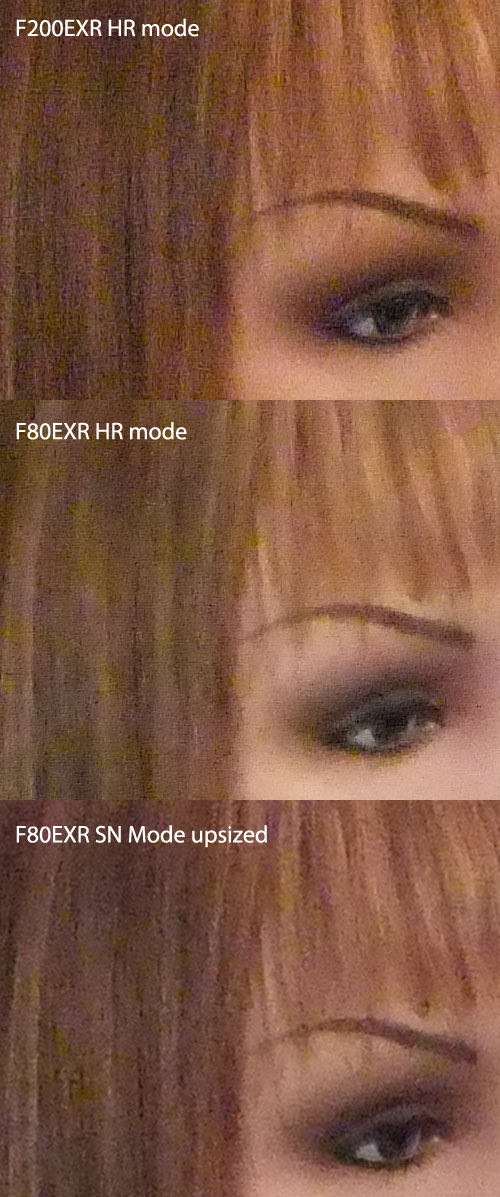
Analysis:
- The F200EXR is shot at full size, and I have not seen an EXR camera that could shoot well in HR (hi-res) mode. So it is not very appealing. Too much grain and chroma noise.
- The F80EXR is shot both ways, HR mode and SN mode, where the pixel density is cut in half. The difference is amazing. Shot in HR mode, the noise reduction smoothed the images to the level of a water color. Really terrible. On the other hand, SN mode would be competitive with the HX5 were it able to control the weird edge artifacts and the chroma noise just a bit better.
The F200EXR has a fairly large sensor with 12mp on it. It’s pixel density is a bit worse than the S95 shot in HR mode, but much better than the S95 in SN mode. Still, Fuji’s jpeg engine is not competitive in my opinion. Sledge-hammer noise reduction that smears detail and still leaves too much chroma noise. The F80EXR shows this unmistakably. It’s very unfortunate. A once-great low light company struggling with their software teams.
The bottom line on the EXR cameras is that they don’t shoot well at 1600 ISO in poor light. I try to keep mine at 800 ISO and below these days, although in great light the F70EXR can do some nice work at 1600.
Facebook Sized Image Display
Now … these crops are the equivalent of 40” prints … so let’s get a little less crazy and look at these cameras as Facebook cameras. How would they perform in this awful light? Assuming you could get people to sit still to get a good exposure at all …
Samsung HZ35
The wonky colors show through even at small web sizes. Click on it to see the full glory of the pain at 800 pixels. It’s just not very nice.
Panasonic ZS7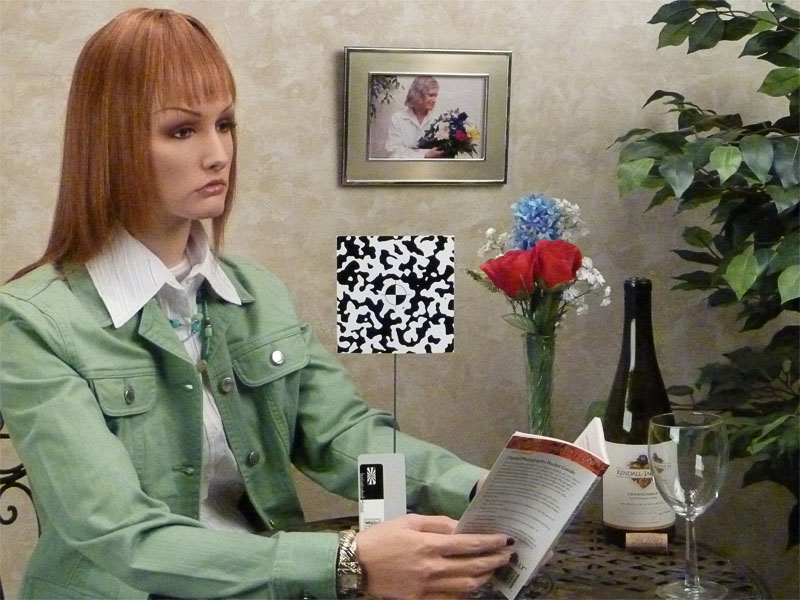
Noisy hair and blotching ruin it. I suppose very tolerant people might live with it. Just leave it unsharpened and live with the softness.
Sony HX5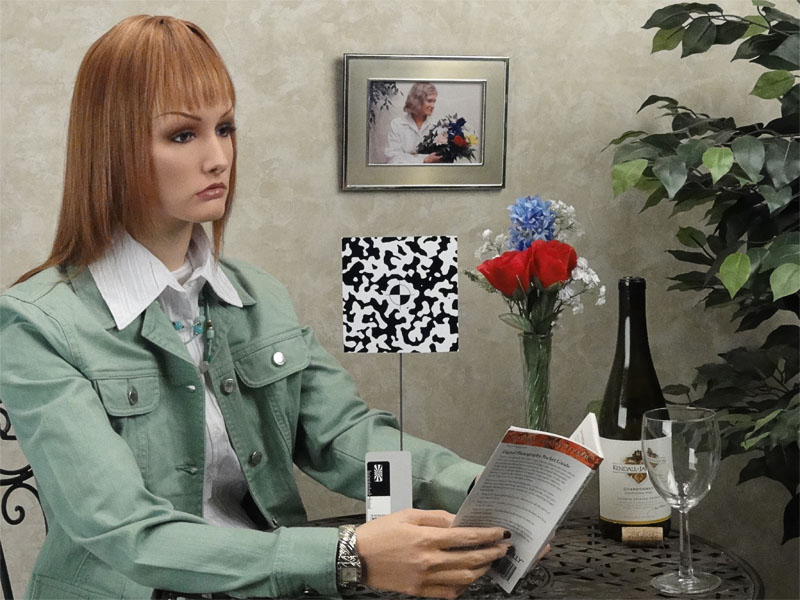
This is much better! At this size, and even at the larger 800px size, there is minimal visible noise and the color balance is quite good. Way to go Sony! You obviously know how to squeeze the sensor for all it is worth.
Fuji HS10
Hmmm … basically the same sensor as the Sony, yet Fuji are nowhere near Sony in image quality. Wonky white balance and too much noise make this hard to like. Tolerable for those who like their images cool, but not great. Of course, cranking film modes or shade white balance might make the problem go away. I just hate to see the default mode having such issues.
Fuji F80EXR HR Mode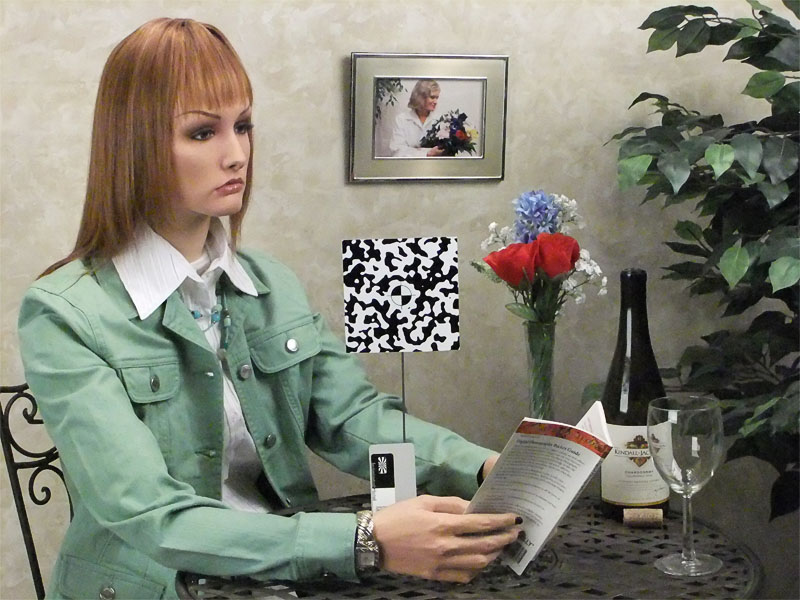
Obvious chroma noise here. Face, hair, everywhere.
Fuji F80EXR SN Mode
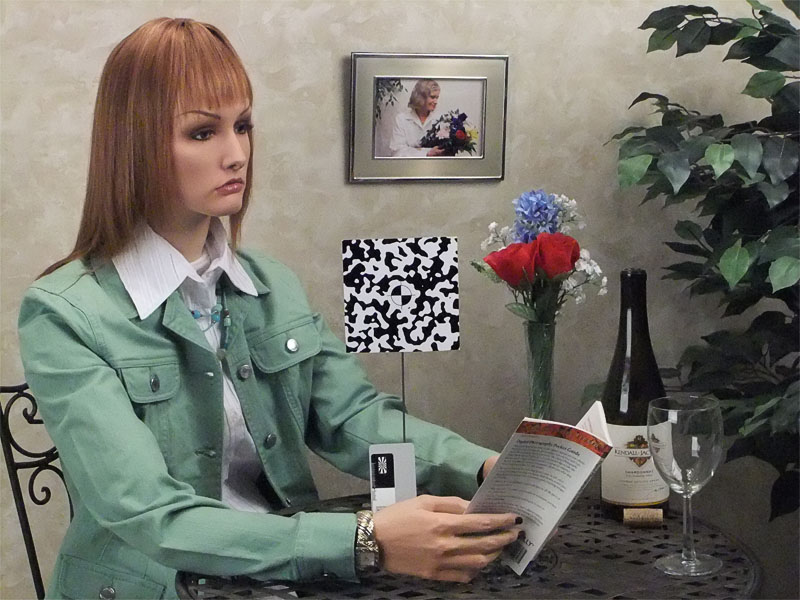
Still too much grain and visible chroma noise. The current generation of EXR sensors appear to have been surpassed in low light ability, even in their special binning mode. That stings, as I love my F300EXR …
Fuji F200EXR HR Mode
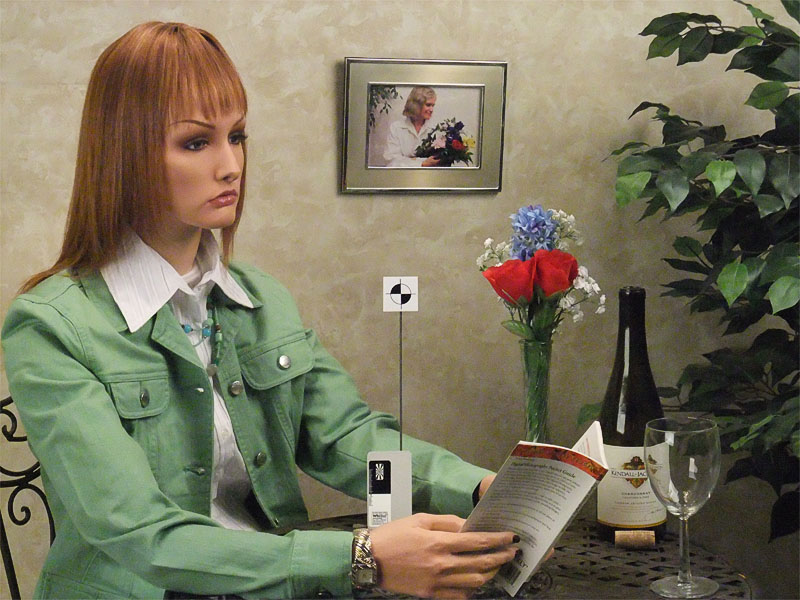
As with the F80EXR, lots of grain and chroma noise. This was the first EXR sensor, so despite its larger size, clearly low light is not its friend in HR Mode. It is likely to be pretty good in SN mode, but there is no test image available.
Nikon P7000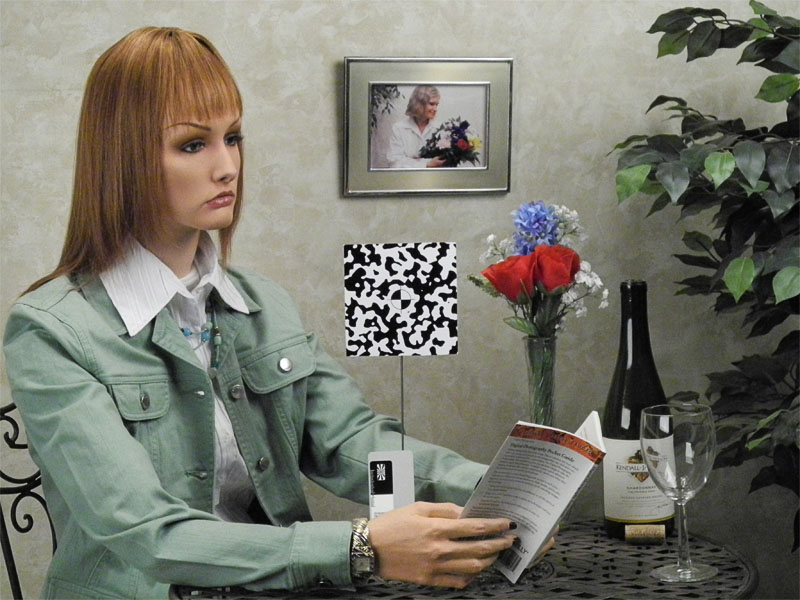
Wow … we were close. But the chroma noise is pretty obvious, even at this small blog size. At 800px, you just cannot miss it. Spoils an otherwise nice looking image. Unlike the HS10, simply changing white balance will not help. But lowering saturation a bit might.
Canon S95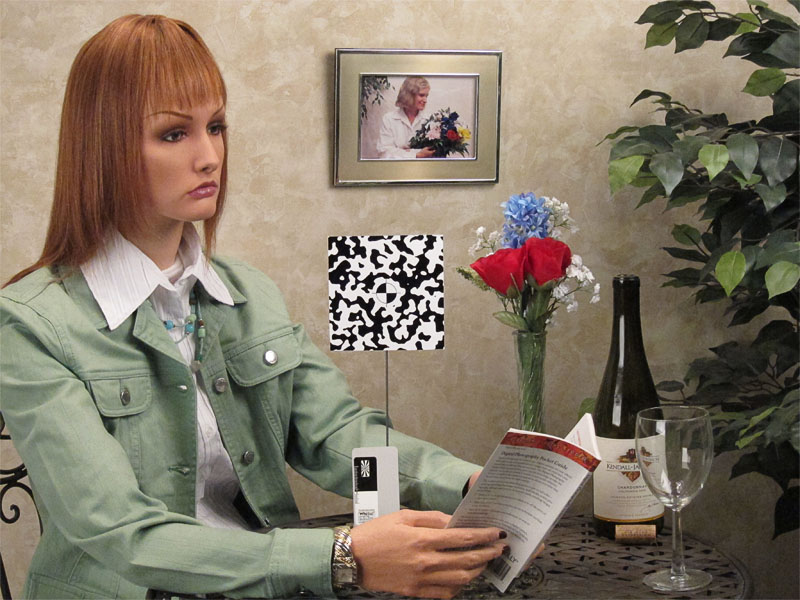
The clear winner. Best of the bunch, although not perfect, even at these small sizes. There is a slight grittiness about it that I don’t like. I sharpened them all the same in order to bring out at least some hair texture, but that has brought out the grain that these images all have, even at substantially reduced sizes.
Panasonic G1 – Our Control Camera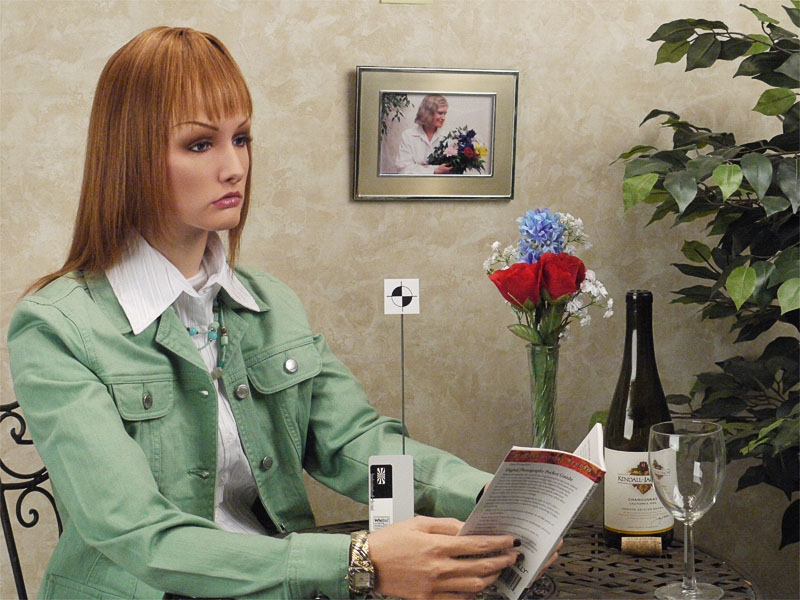
Might as well be the S95. Nice, but not really a step up from the advanced compacts. Shows you how far we have come in u4/3. Well, I suppose I should really show you, but just assume that the GH2 is much better. You can compare them yourself on imaging-resource.com …
Update: Inserting the additional cameras right in here.
Panasonic GH2 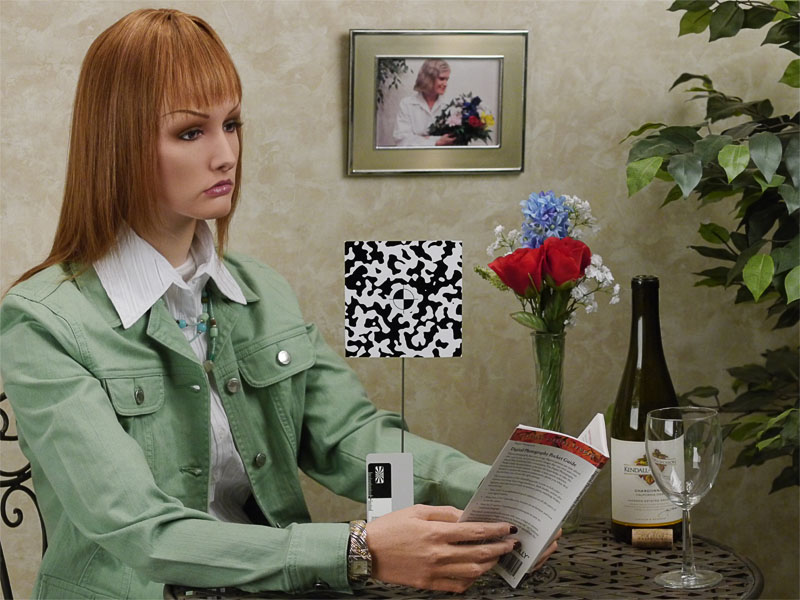
That’s very nice. Nothing to complain about here.
Nikon D3100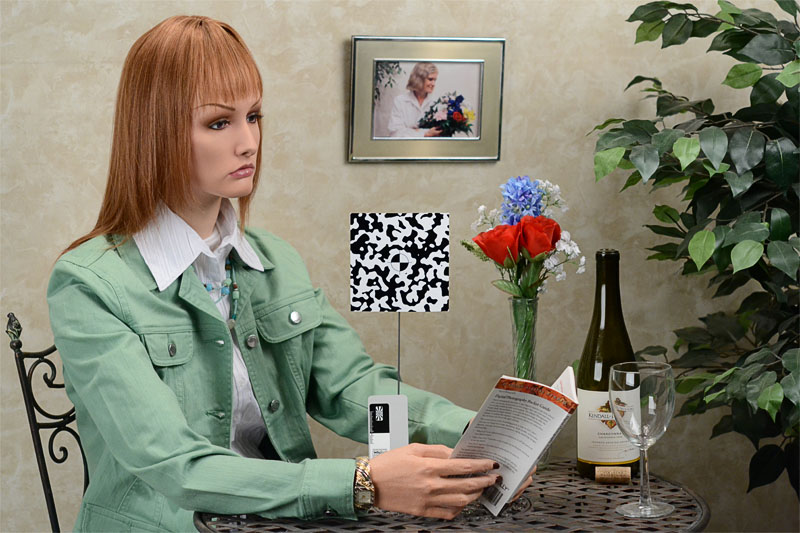
This is getting really good. The hair is very crisp, retaining lots of detail. Still not in the league of the D3s, but for about 1/10 the cost, this is one serious bargain in an APS-C camera.
Nikon D3s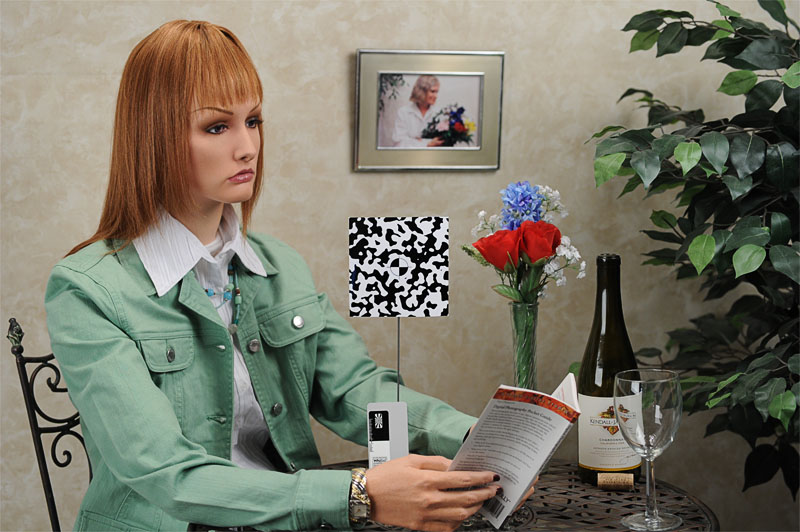
This camera remains the super high ISO champion that reminds us why professionals use the real deal … it may never be surpassed, as Nikon have succumbed a little bit to the megapixel race in their latest generation of sensors.
Breathtaking clarity and detail. You won’t find better output anywhere.
Conclusion
| So which of these cameras should you get to chase the grand kids around the house? The answer is: The D3s. But that’s an expensive option. Update: The D3100 is a pretty good choice, and with the 35mm 1.8G lens – an inexpensive low light lens with a nice field of view, you can get great shutter speeds in low light and clean images that will please anyone even up to 12x18 … it no longer costs a fortune to play this game. The kit shown at the right contains the 18-55 lens, decently sharp and a nice small size. If you want reach in addition, consider the 55-200 or 55-300 consumer lenses. Or the larger and truly excellent 70-300VR. And don’t forget the diminutive 35mm 1.8G … and excellent low light lens on the cheap. |
| The S95 is the class of the compact field. That’s the one to get if you want a compact to chase the kids around … it has a faster lens as well, and that will count pretty big when trying to stop motion. The rest of the compacts have issues that make them less capable in this kind of light without using flash, although the Sony does look promising and the HS10 might work with changes to white balance settings. It’s very slow from shot to shot though. Sadly, small sensors are really not all that great in low light. For Facebook users, you can obviously get away with a lot. After the Canon S95, the Sony HX5 looks surprisingly good. |
The Fuji HS10 might look good with better white balance. But nothing beats sensor real estate with well-managed pixel density as has been clearly shown here.
The EXR cameras are my favorites for their long reach and excellent dynamic range, but I do process my images from them. They are not appropriate for shooting in really low light … your living room at night for example. But they are much better when the light is stronger, as it is at concerts.
For now, I will continue to use EXR cameras as my concert cameras. Were Canon to bring out a G13 with longer zoom, HD video and the same audio and image quality as the G12 I think I would be tempted to switch.


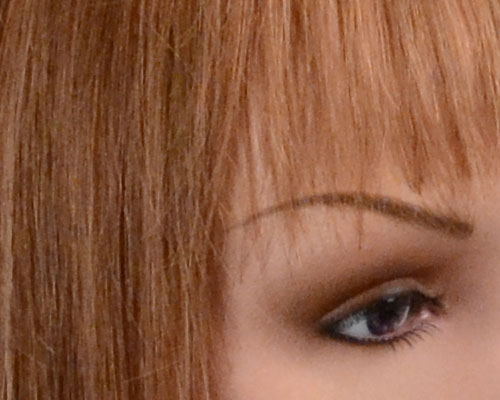
No comments:
Post a Comment